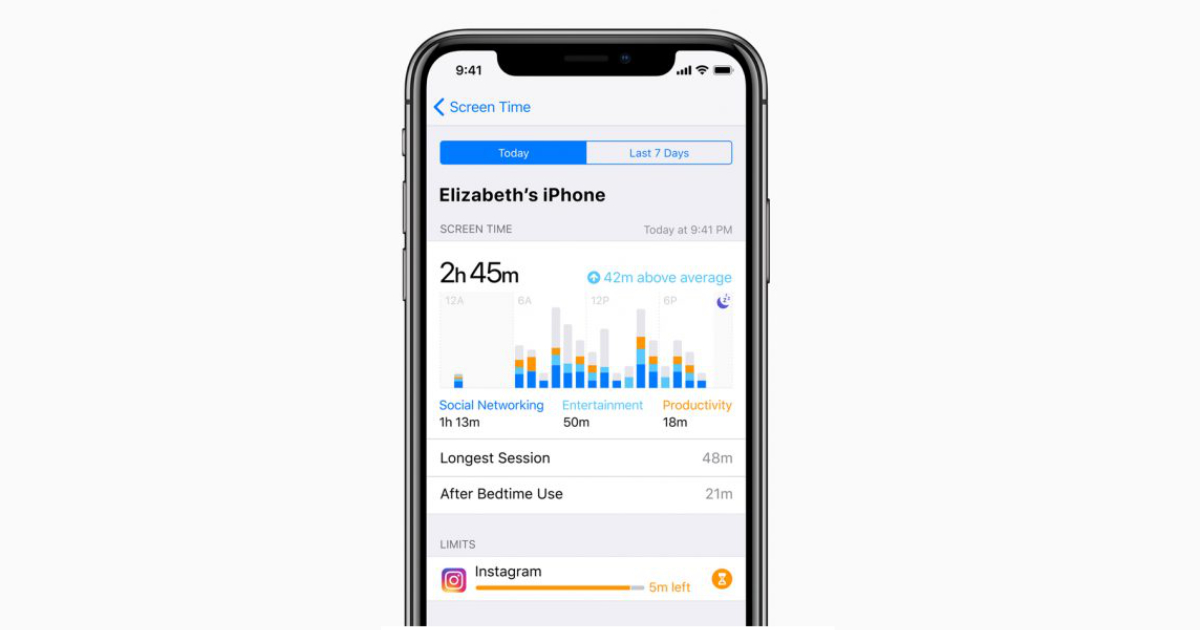Apple’s Screen Time feature has been a valuable tool for parents to set limits on their children’s device usage and ensure a healthy balance between screen time and other activities.
However, a recent bug in the Screen Time feature on iOS and iPadOS has left parents frustrated and concerned as children are able to override the previously established time limits on their apps and games.
Apple has acknowledged the problem and is actively working on a fix.

If you are facing rests or sync problems with Apple’s Screen Time, you are not alone
The tech giant has promised to take further actions to resolve the issue, according to a report from The Wall Street Journal. Screen Time, introduced in iOS 12 back in 2018, offers parents the ability to remotely manage their child’s device by setting usage restrictions, time limits for apps, and blocking inappropriate content. However, some parents have expressed frustration over Screen Time settings resetting or not syncing across all devices in their Family Sharing group.
A spokesperson for Apple has confirmed that the tech giant is aware of the problem, where Screen Time settings unexpectedly reset for some users. In response to the reports, Apple has taken the matter seriously and has already made some updates with the release of iOS 16.5 in May. However, complaints have persisted from parents using devices updated to iOS 16.6 and even the iOS 17 public beta.
“We are aware that some users may be experiencing an issue where Screen Time settings are unexpectedly reset,” an Apple spokeswoman told the WSJ. “We take these reports very seriously and we have been, and will continue, making updates to improve the situation.”

Although Apple has not provided a specific timeline, the tech giant has reassured users that it is continuing to work on improvements for Screen Time.
Before the launch of Screen Time, parents relied on third-party apps to access similar controls. The inclusion of Screen Time in iOS 12 was a significant milestone for parental control solutions, making it more accessible to millions of users worldwide. While the current bug may be frustrating for some, it’s essential to acknowledge the progress made in providing parents with built-in tools to safeguard their children’s digital experiences.
Read more:



